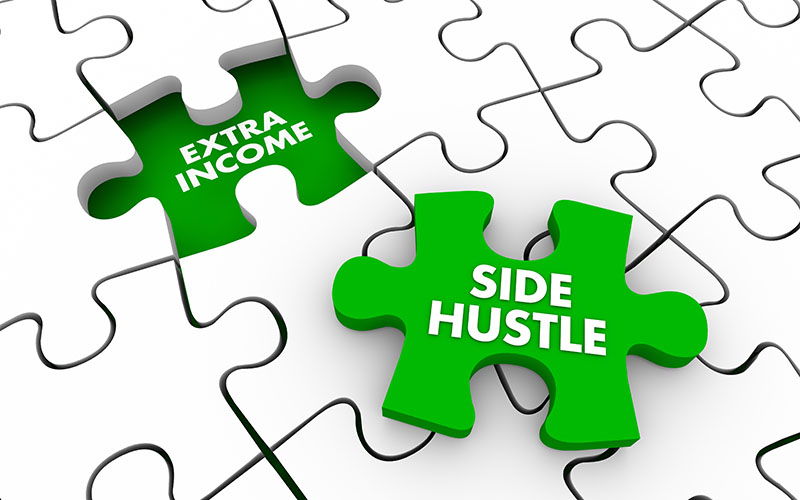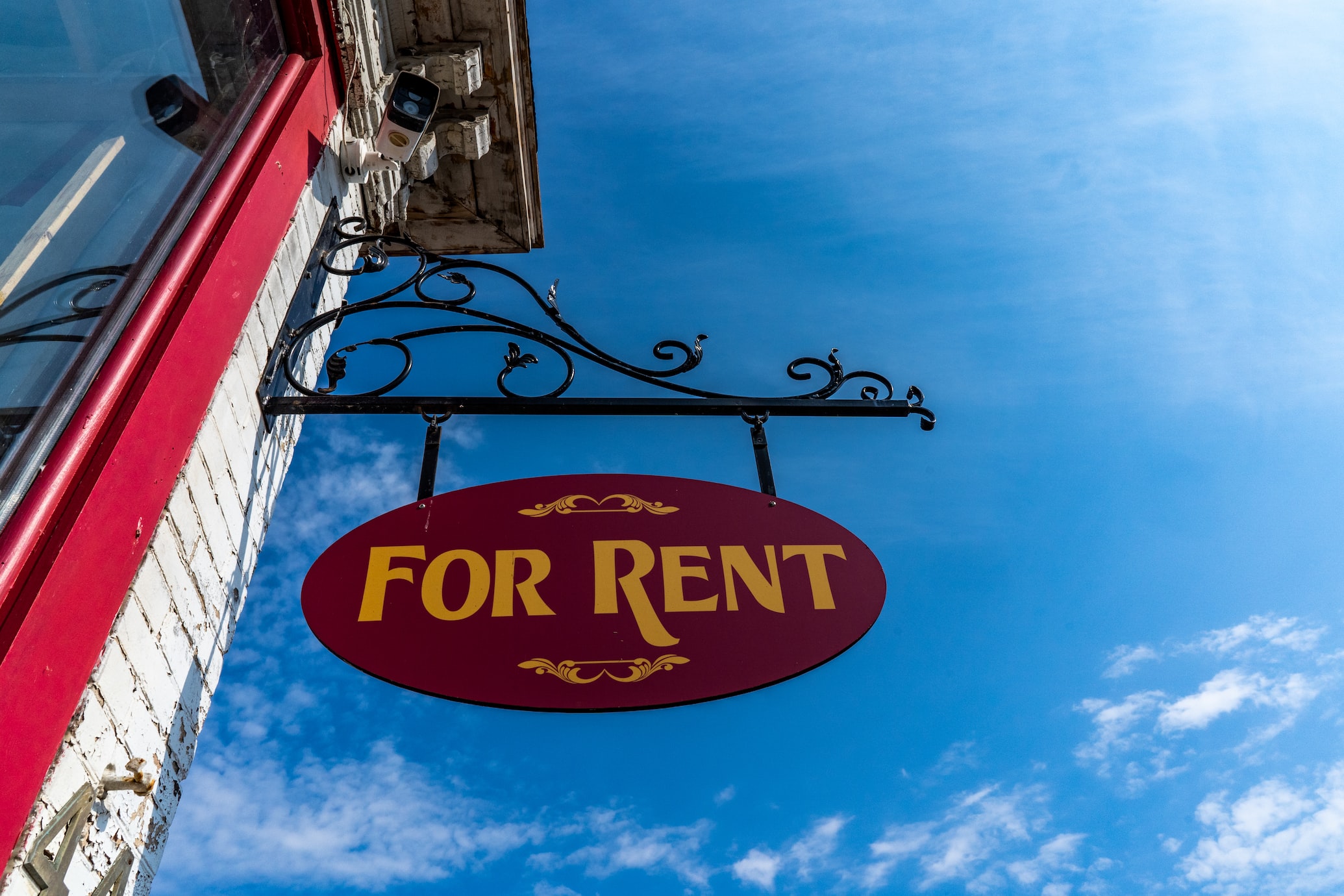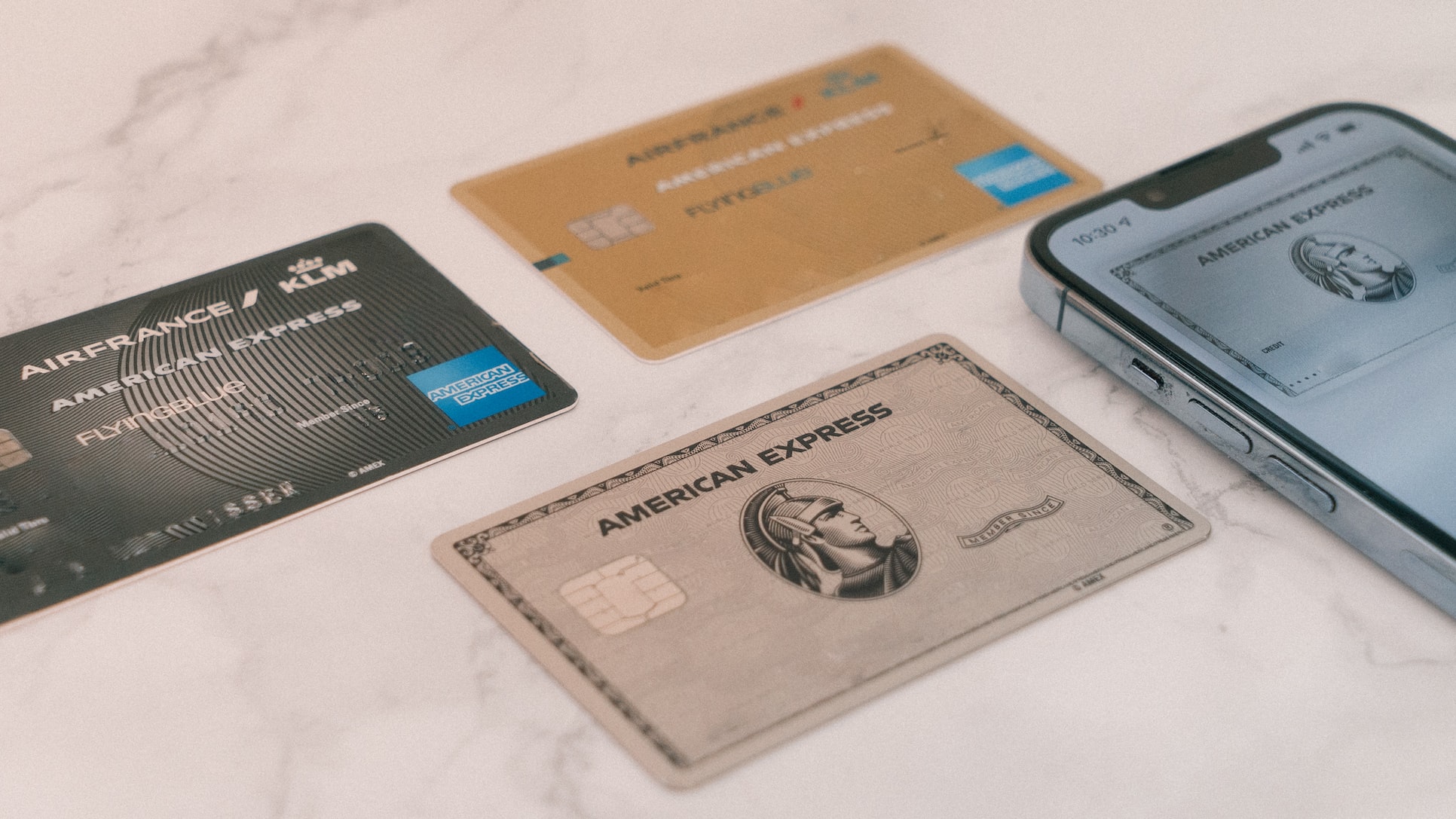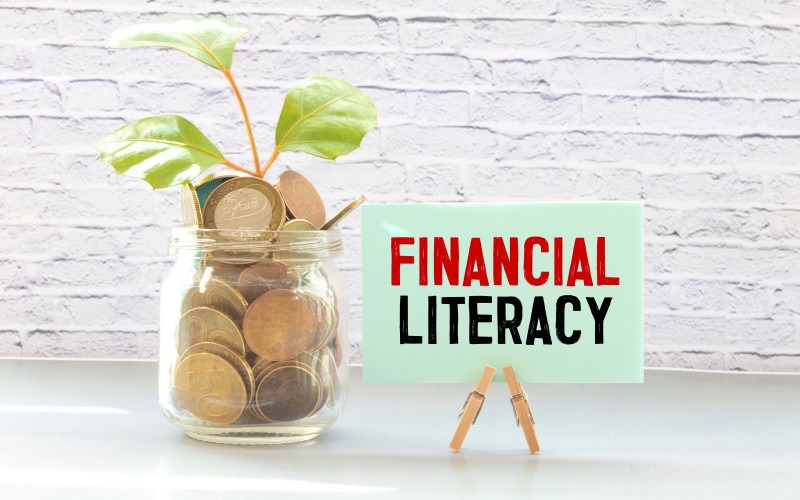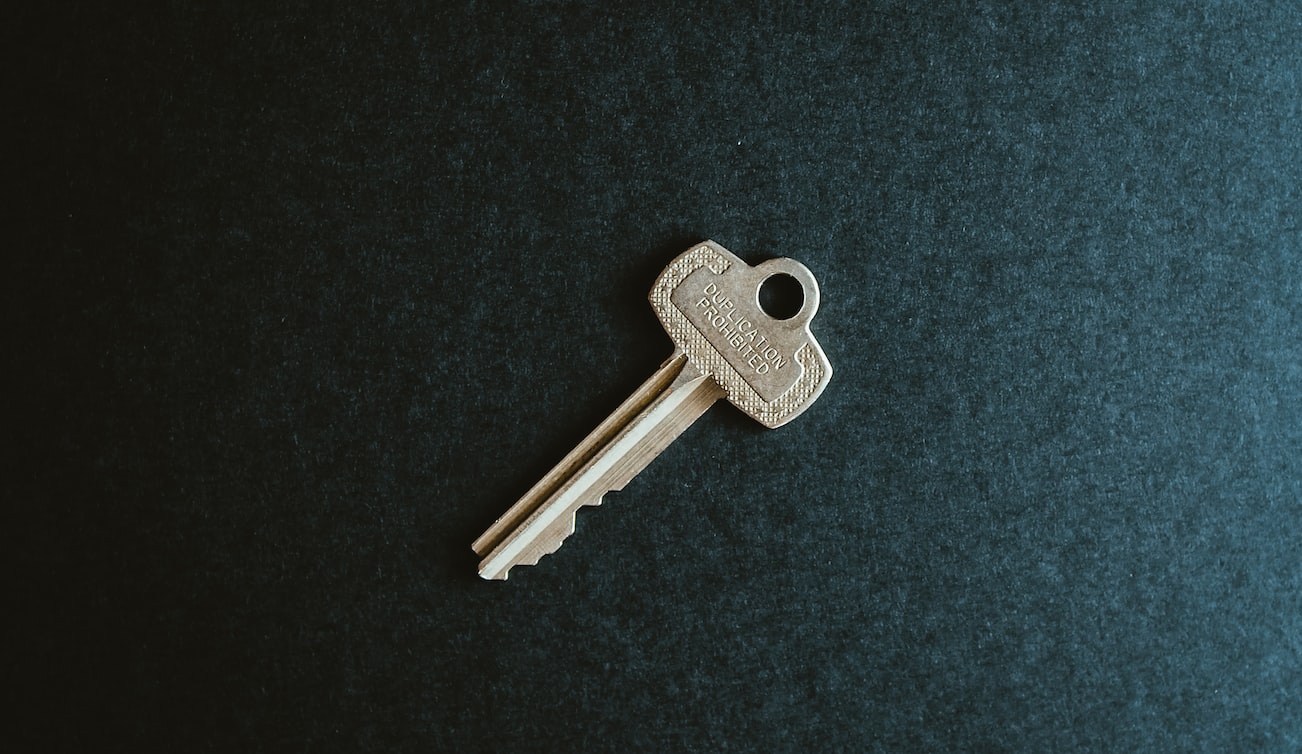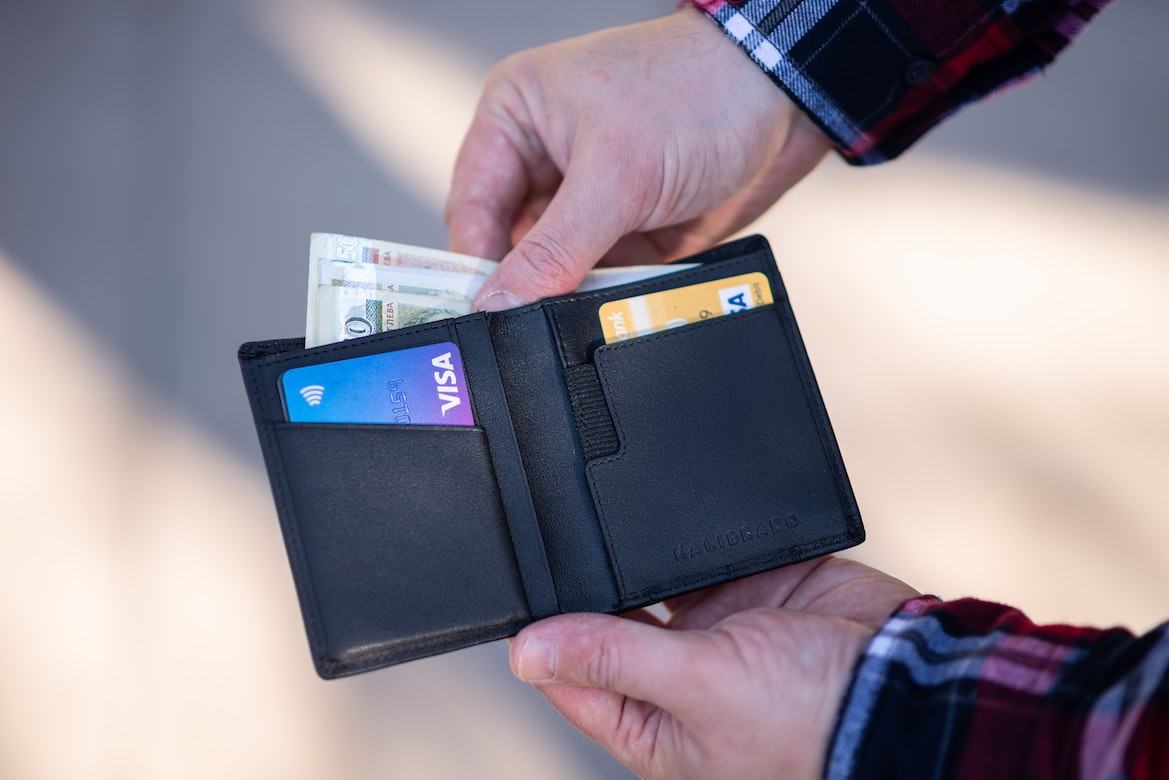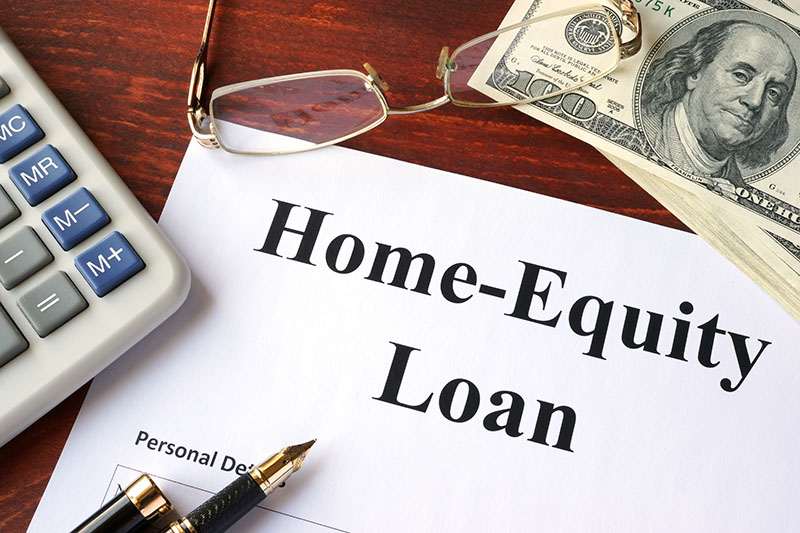Low Income Loans: What Are They and How to Get One
Key Takeaways
- Low income loans are designed for borrowers with limited income and typically offer flexible terms but higher interest rates
- Loan types include personal loans, secured loans, payday alternative loans, and government-subsidized options
- Eligibility depends on income, credit, employment history, and loan purpose
- Alternatives include credit unions, community aid, peer-to-peer lending, and credit cards (with caution)
- Managing repayment through budgeting and timely payments is essential to avoid fees and credit damage

Paying the bills is a headache for low income individuals and families. Emergency expenses can create even more financial strain, resulting in debt and late payments. Falling into a low income bracket makes it harder to qualify for personal loans and credit. Could a low income loan be a good fit for you?
In this guide, we’ll review the pros and cons of a low income loan so you can meet your needs and goals even on a tight budget.
Defining low income loans
What qualifies as a low income loan?
A low income loan is a personal loan specifically designed for borrowers with an income below a specific threshold. The income threshold for a low income loan can vary greatly based on factors such as location, cost of living, and loan provider.
The purpose of low income loans
Lenders evaluate the financial stability and creditworthiness of prospective borrowers. If you have low income, you might not meet the eligibility requirements of the lender. Many personal loan lenders require you to have a minimum income. This poses a challenge to those who have lost their jobs or simply do not make enough money to qualify for the personal loan.
A low income loan is a better fit for individuals who can’t qualify for standard personal loans.
Key features
Low income loans are commonly characterized by:
- Flexible repayment terms
- Low to no minimum income requirements
- Higher interest rates
- Lower loan amounts
- Being easier to obtain

Benefits of low income loans
Deal with immediate financial needs
Low income loans can help you manage your immediate financial needs. Here are examples of common loan purposes of low income loans:
- Debt consolidation
- Credit card bills
- Medical bills
- Rent or mortgage
- Home repairs
- Vehicle repairs
- Other emergencies
Obtain lower interest rates than other financing methods
Low income personal loans may provide you with lower rates than other options, such as payday loans, pawn shop loans, and title loans. Even credit cards generally have higher interest rates that can make them unfavorable for large purchases.
Build credit
Building credit can be difficult for those who are going through financial hardship. An installment loan in the form of a low income loan could be helpful in giving you the opportunity to establish credit.
Types of low income loans
Low income personal loans
Many popular personal loan providers do offer loans with low income requirements. Personal loans are generally unsecured, which means there is no need for collateral. Instead, lenders will assess your financial stability and credit score.
Payday alternative loans (PALs)
A payday alternative loan (PAL) is a small, short-term loan offered by federal credit unions as an alternative to traditional payday loans. Since these PALs are regulated by the National Credit Union Administration, they are generally more favorable to borrowers than payday loans.
However, the interest rates and repayment terms can still be difficult to handle. Make sure that you know the main characteristics of a payday alternative loan, such as:
- Issued to credit union members of at least one month
- Loan amounts range between $200 and $1,000
- Maximum annual percentage rate (APR) of 28%
- Application fee of no more than $20
- Loan terms between one and six months
- No loan rollovers permitted
You might also want to consider a PAL II, which is a secondary payday alternative loan type with slightly different rules and exceptions.
Secured loans
Applying for a secured loan means you will need to offer assets as collateral to support the loan. Secured loans typically have lower interest rates than unsecured loans and are easier to obtain approval for. However, if you don’t have a suitable asset to put up as collateral, you won’t be eligible for secured loans.
Collateral examples commonly include:
- Vehicle title
- Property
- Collectible items
- Jewelry and watches
Government-subsidized loans for low income individuals
The government offers various loans and initiatives meant for low income individuals who are facing financial challenges. These can be helpful if you meet the program requirements.

Eligibility criteria for low income loans
Eligibility requirements depend on which low income loan provider you’ve chosen. Here are commonly overlapping factors that affect loan application and approval decisions.
Income level and limits
What constitutes “low income” varies based on your loan provider or creditor. For low income loans, one of the most essential determining factors is your income level. If your current income falls within designated low income ranges, then you can apply for the loan or financial assistance program.
Employment requirements
Some loans require borrowers to have either a steady source of income or a suitable employment history. If you are currently unemployed but have a solid history of steady income streams, you might be able to leverage your employment history to obtain a loan.
Debt-to-income ratio
Lenders also look at how much of your income goes toward paying off existing debt. Most lenders won’t lend money to an individual with a debt-to-income (DTI) ratio exceeding 40 percent. This is because if you have plenty of other financial obligations, it becomes harder to manage this new loan you are taking.
Credit score
Your credit score is a three-digit number that conveys your creditworthiness to creditors. The two main credit scoring models are FICO and VantageScore, which are ubiquitously used for loan approval.
Some loan providers for low income loans don’t require borrowers to have a minimum credit score. This means that even if you have poor credit, you can be approved for these loans. However, without a minimum credit score requirement, the loan terms are generally stricter and come with higher interest rates.
Residency and citizenship
Most loan providers only lend money to residents and/or citizens. Federal loans and programs for low income individuals often require you to provide proof of legal residency status.
Loan purpose
Low income loans may expect you to use the loan funds for specific purposes that have been approved. For example, a low income housing loan requires borrowers to use the funds for home repairs, improvements, and other essential home-related needs.

How to apply for a low income loan
Research lenders
Borrowers should not only identify prospective lenders specializing in low income loans but also research their reputations. You can ask for recommendations from people you know or use online review sites to find out about the usual experiences with a prospective loan provider.
When finding suitable lenders, consider important factors including:
- Borrower reviews
- Average interest rates
- Income requirements
- Eligibility criteria
Gather documentation
To save time, it’s a good idea to gather all the needed documentation and information before you apply for the low income loan. Lenders and credit unions usually list eligibility criteria and loan requirement checklists on their official websites.
Here are the standard documentation requirements for a low income low.
- Proof of income
- Proof of citizenship and/or residency
- Employment history
- Proof of identity
- Government benefit statements
- Tax returns, bank statements, and pay stubs
Submit application
Applications can be submitted online or offline depending on your loan provider. It’s important that you fill out the form with accurate and complete information. If you don’t, the loan decision may be delayed or the lender might reject the application.
Tips for a smooth approval process
- Monitor the lender online portal for updates
- Double check all the documentation and information you’re providing
- Be transparent about your loan purpose
Risks and considerations
Understand interest rates and APR
A loan’s interest rate directly affects the cost of borrowing. The higher the interest rate, the more you will need to pay for taking out the loan. However, the interest rate is not the only cost associated with loans.
When considering financing options, make sure you also take into account the annual percentage rate (APR). The APR is a more comprehensive percentage that conveys the cost of taking out the loan in a year.
Compare other loan options
Even if a loan provider grants you a loan offer, you don’t necessarily need to accept it. It might be a good idea to compare multiple loan offers to see which one is most advantageous.
Avoid scams and predatory lenders
Some scammers target low-income individuals who are in need of funds. Keep an eye out for red flags, such as:
- Lenders that guarantee loan approval
- Loan offers that seem too good to be true
Alternatives to low income loans
Credit unions
Credit unions often offer better loan rates and terms to those who have membership. If you are a member of a credit union, make sure you explore their available loan options to see whether you qualify for any useful low income loans. In addition, credit unions design plans that are meant to assist those with very low income or bad credit.
Community programs
There are often initiatives and programs that offer financial assistance locally. Check for programs for low income individuals in your area and see if you meet any eligibility requirements they may have.
Peer-to-peer lending
If you aren’t satisfied with borrowing from creditors, consider trying out peer-to-peer (P2P) lending. Online P2P lending platforms have made borrowing directly from another individual an accessible, potentially cheaper choice. In general, the better your credit, the more likely you can obtain a P2P loan with favorable rates.
Credit cards
Credit cards are a convenient way to afford expenses that are otherwise too costly upfront. You can use credit instead of cash or debit to pay for your essentials. However, credit cards are not generally recommended for large purchases due to their high interest rates and APRs. If you get stuck with a high credit card balance you cannot pay down, you might end up spiraling into credit card debt.

Tips for managing and repaying a low income loan
Create a realistic budget
Devising a realistic budget is a critical part of any debt repayment plan. If you’re considering a low income loan, here are a few key points to think about:
- Your monthly budget
- Changes in your income
- Whether you need to tighten your budget
- If the loan is necessary or non-essential
- Existing financial obligations
- How much you have in savings
- If you have an emergency fund set aside
Seek financial counseling or workshops for low income individuals
Financial counseling services offer paid and free assistance to those who are struggling with low income, unemployment, and debt. If you’re struggling with financial challenges, it might be beneficial to look for workshops and counseling for expert financial guidance.
Avoid missing loan payments
Missing a loan installment for just a single month can result in penalties and fees. If you do end up obtaining a loan, it’s advisable to prioritize loan repayment as though it were an essential, just like utilities and rent. Failing to repay a loan can result in severe credit damage and the loss of collateral assets (if any). Loan defaults and missed payments can make it harder to secure credit extensions or loans in the future.

Resources and further reading
Choosing a reputable low income loan provider is one of the most important steps when obtaining a low income loan. Here are a few reputable lenders that may be able to offer you competitive rates and loan amounts.
- Upgrade: No income requirement
- Universal credit: No income requirement
- Best Egg: $3,500 minimum annual income
- Upstart: $12,000 minimum annual income
Edited by:
Bryan Huynh
•
Product Tester & Writer








